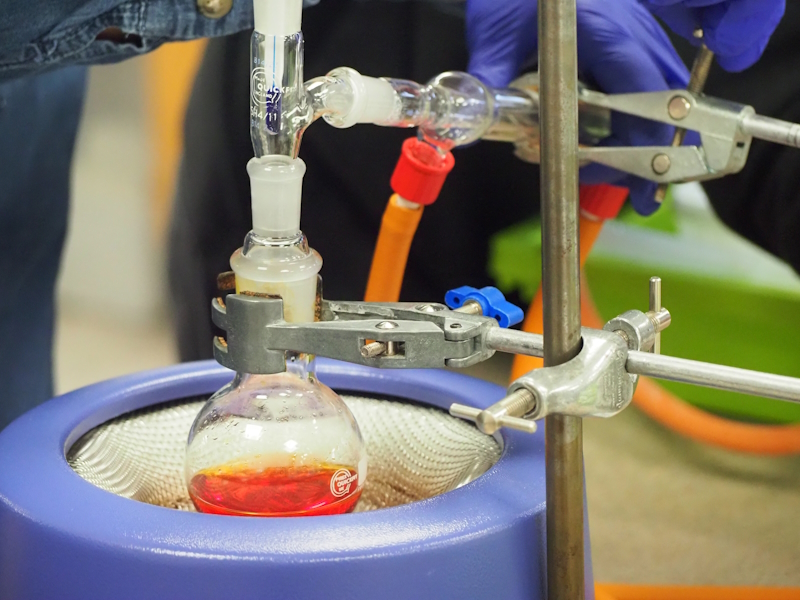This new 2-day course will focus on laboratory work to support the Advanced Higher Chemistry Assignment/Project. Laboratory and other sessions will follow an interactive approach that aims to showcase a range of practical activities and approaches that could be suitable for use in AH projects.
The course complements the Advanced Higher Skills course in that it showcases the way these skills can be put to use in a range of long-form experimental situations involving analysis, extraction and synthesis.

By the end of the course, delegates will be able to



| This course is GTCS accredited, i.e., it is aligned to the GTCS Standards for Full Registration and the National Model for Professional Learning. |  |
